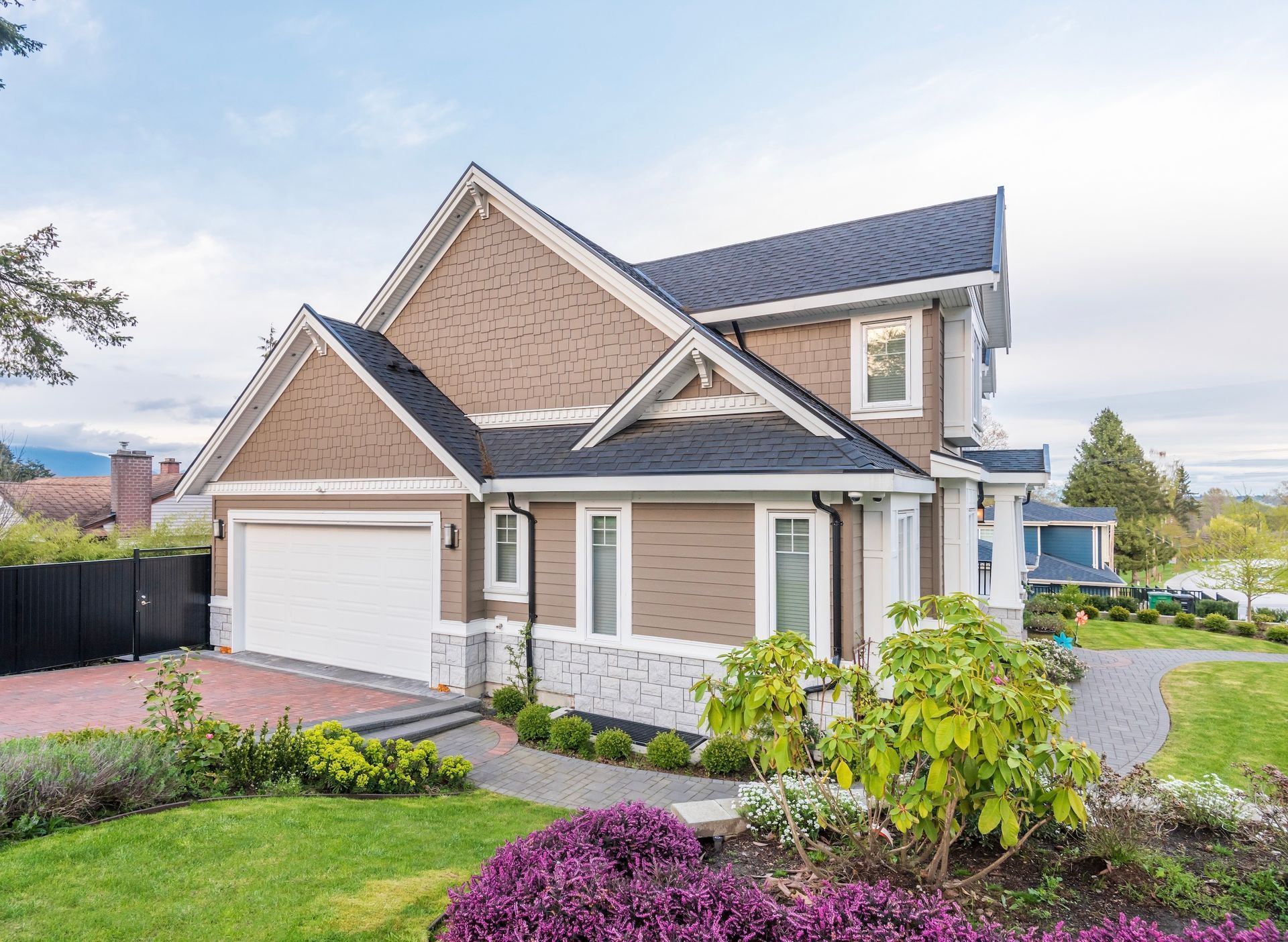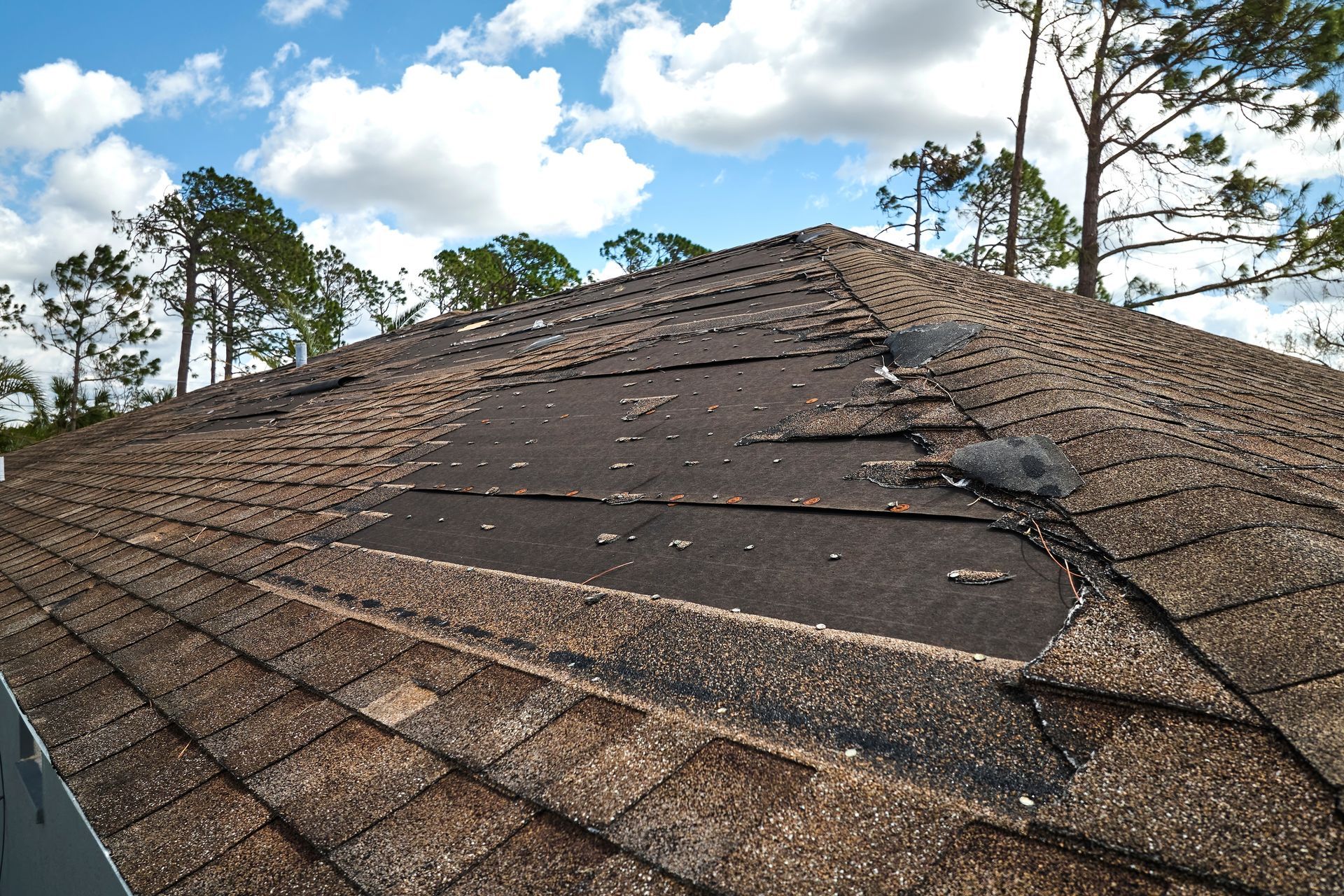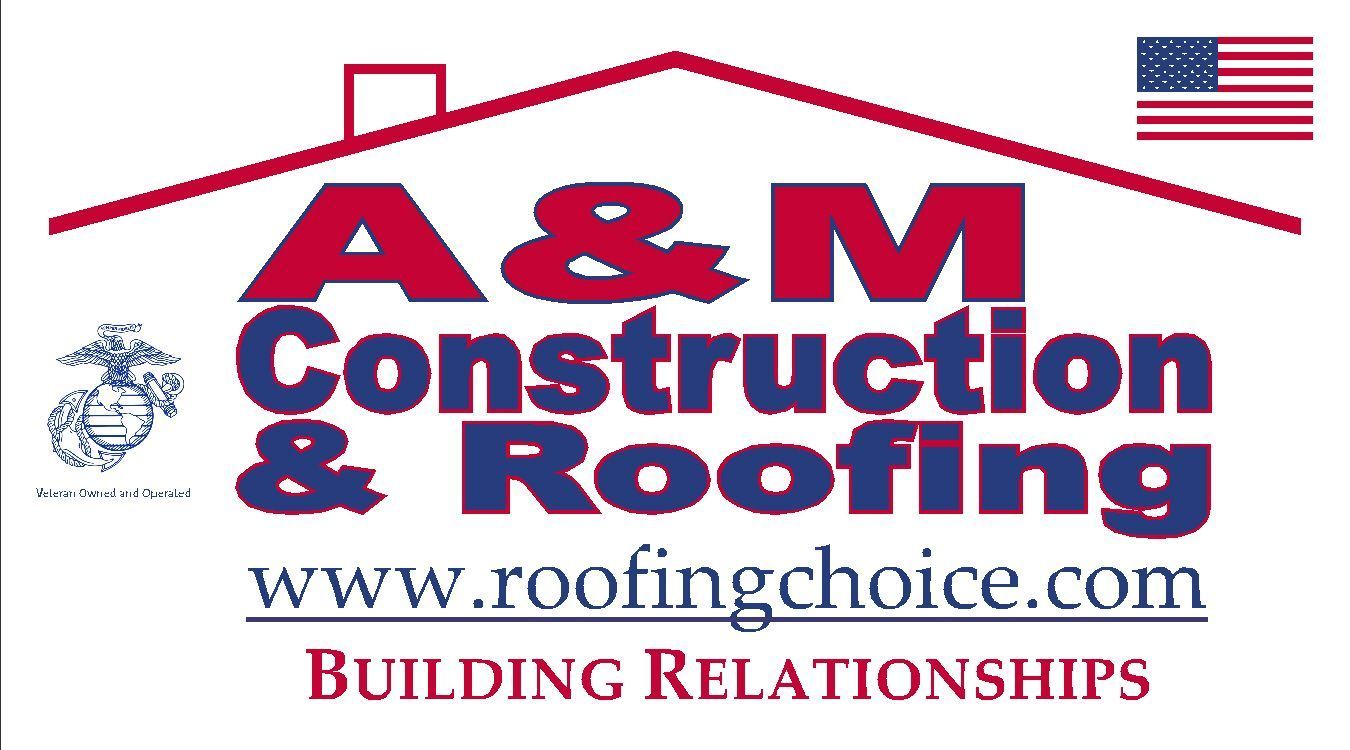Texas Veteran Owned and Operated

The Importance of Regular Roof Maintenance: Why You Shouldn’t Overlook It
When it comes to home upkeep, many homeowners focus on aesthetic improvements or major repairs, often overlooking the crucial role of regular roof maintenance. However, maintaining your roof is vital for the longevity of your home and can save you significant costs down the line. Here’s why regular roof maintenance should be at the top of your home care checklist and how it can benefit you in the long run.
Why Regular Roof Maintenance Matters
- Prolongs Roof Lifespan: One of the primary benefits of regular roof maintenance is the extension of your roof’s lifespan. Regular inspections and minor repairs prevent small issues from escalating into major problems that could shorten the life of your roof. By addressing minor wear and tear promptly, you ensure that your roof remains in excellent condition for many years.
- Prevents Costly Repairs: Minor roof problems, if left unchecked, can lead to significant damage and costly repairs. Regular maintenance helps catch and address issues before they become major problems. For instance, a small leak can lead to extensive water damage if not repaired quickly. Routine maintenance helps prevent these costly scenarios by identifying and fixing issues early.
- Enhances Energy Efficiency: A well-maintained roof plays a crucial role in your home’s energy efficiency. By ensuring that your roof is free of damage and properly insulated, you reduce the risk of energy loss. This can help keep your home cooler in the summer and warmer in the winter, leading to lower energy bills and a more comfortable living environment.
- Maintains Curb Appeal: The appearance of your roof significantly impacts your home’s curb appeal. Regular maintenance keeps your roof looking its best, which can enhance the overall aesthetic of your home. This is especially important if you plan to sell your property, as a well-maintained roof can increase your home’s market value and attract potential buyers.
- Ensures Safety: A well-maintained roof is crucial for the safety of your home. Issues such as loose shingles, damaged flashing, or clogged gutters can compromise the structural integrity of your roof and lead to safety hazards. Regular maintenance helps ensure that your roof remains safe and secure, protecting your home and family from potential risks.
Key Components of Roof Maintenance
- Thorough Inspections: Regular inspections are the cornerstone of roof maintenance. A professional inspection helps identify potential problems such as leaks, damaged shingles, or structural issues. By addressing these issues early, you can prevent further damage and extend the life of your roof.
- Cleaning and Debris Removal: Removing debris, leaves, and dirt from your roof and gutters is essential for preventing blockages and water damage. Regular cleaning ensures proper water drainage and prevents the buildup of materials that can lead to roof damage over time.
- Shingle and Tile Replacement: Replacing damaged or missing shingles and tiles is crucial for maintaining the integrity of your roof. Even minor damage can lead to leaks and further issues if not addressed promptly. Regular maintenance includes checking and replacing any damaged roofing materials.
- Sealant and Flashing Checks: Sealants and flashings around vents, chimneys, and other roof penetrations are critical for preventing water infiltration. Regular maintenance includes checking these components and making any necessary repairs to ensure they remain effective.
- Preventative Treatments: Applying treatments to prevent moss, algae, and other growths can protect your roof from damage. Regular maintenance includes these preventative measures to keep your roof in optimal condition.
How to Schedule Regular Roof Maintenance
Scheduling regular roof maintenance is straightforward. Most homeowners should aim for at least one professional inspection per year, with additional checks after severe weather events. You can also incorporate routine tasks such as cleaning gutters and inspecting your roof’s condition into your seasonal home maintenance routine.
Contact a Professional
For the best results, consider hiring a professional roofing contractor to handle your roof maintenance. Experienced professionals have the knowledge and tools to perform thorough inspections, make necessary repairs, and ensure that your roof remains in excellent condition.
Conclusion
Regular roof maintenance is an essential aspect of home care that should not be overlooked. By investing in routine inspections and upkeep, you prolong the lifespan of your roof, prevent costly repairs, enhance energy efficiency, and maintain your home’s curb appeal. Make roof maintenance a priority and enjoy the peace of mind that comes with a well-maintained roof.





